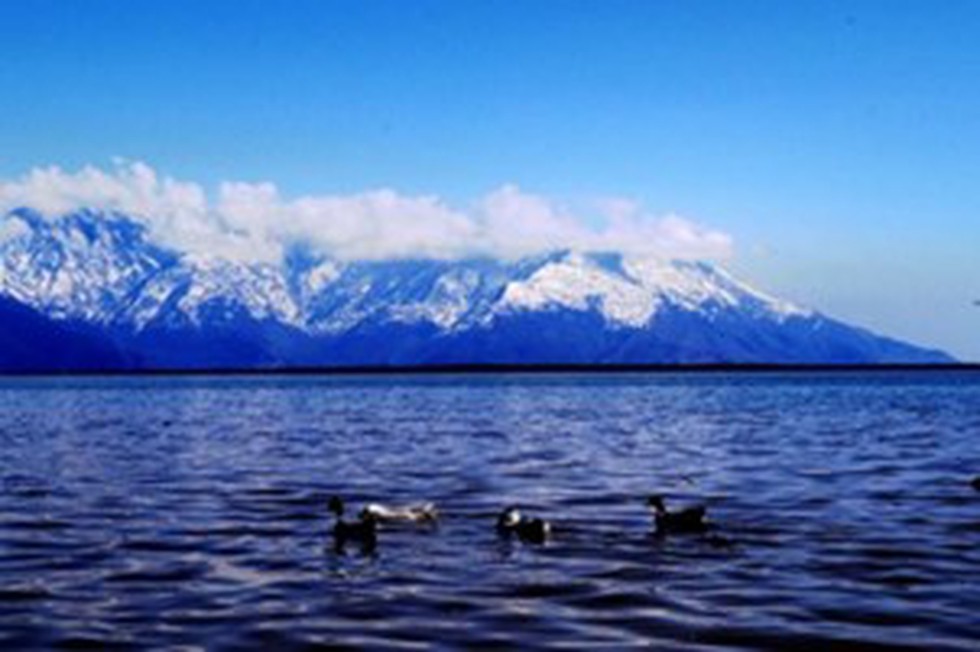About Wular Lake:
- It is the largest freshwater lake in India.
- It is located in the Bandipora district of Jammu and Kashmir.
- It lies at the north end of the Valley of Kashmir, 20 miles (32 km) north-northwest of Srinagar.
- It is spread over a total area of 200 square km covering almost 24 km in length and 10 km in breadth.
- The lake basin was formed as a result of tectonic activity and is fed by the Jhelum River.
- The lake lies at an altitude of 1,580 m.
- It is also said to be a remnant of Satisar Lake, that existed in ancient times.
- This lake also has a small island in its centre called the ‘Zaina Lank’. This island was constructed by King Zainul-Abi-Din.
- In 1990, it was designated as a Ramsar Site.
Key Facts about Jhelum River:
- It is a river that flows in India and Pakistan.
- It is a tributary of the Indus River.
- It is the main waterway of the Kashmir valley.
- Course:
- Origin: It originates at the Verinag Spring at Anantnag, at the foot of the Pir Panjal range in the Kashmir Valley.
- It then flows via Srinagar and Wular Lake prior to entering Pakistan.
- The river makes a deep, narrow gorge on its way to Pakistan.
- It joins the Chenab River near Trimmu, Pakistan.
- Length: It has a total length of about 725 km (450 mi).
- Major Tributaries: Kishanganga (Neelum) River, Kunhar River, Sandran River, Bringi River, Arapath River, Watlara River, Lidder River, and Veshaw River.
